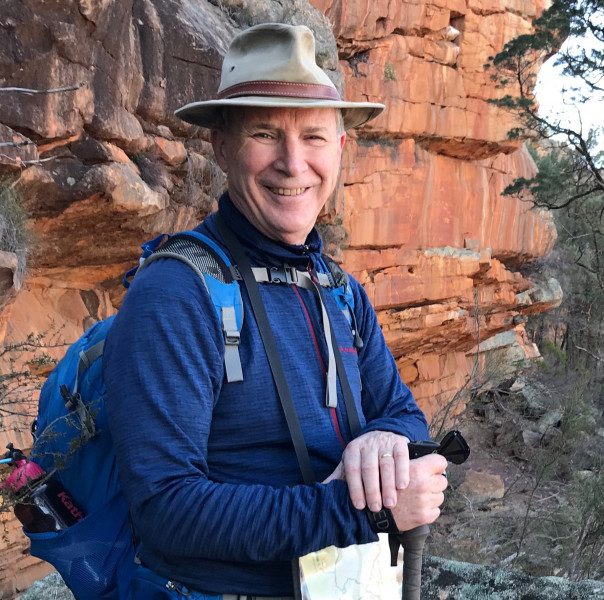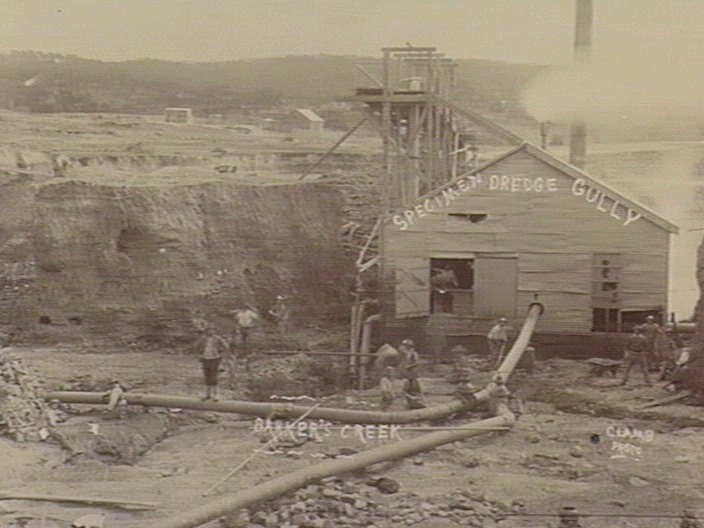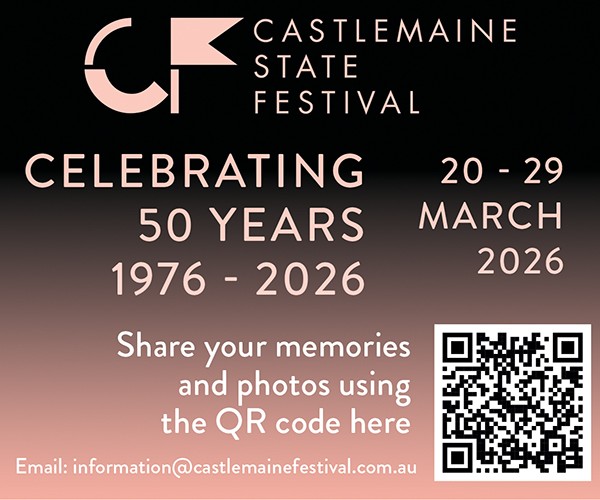
Two former premiers are the face of a World Heritage bid for the Central Victorian Goldfields. All 13 local councils have supported the bid, including Mount Alexander Shire Council.
However, local writer and former barrister Brian Walters AM SC says the push raises important questions about our history and how we value it.
Previously a prominent Melbourne QC, Brian Walters regularly appeared in high profile court cases. In his speaking, writing and court room work, he has become known for his advocacy of public interest causes, including conducting landmark human rights litigation before the United Nations.
Brian is committed to a better community, formerly serving as President of Liberty Victoria, as Vice President of Free Speech Victoria, and he was a founder of the Greens in Victoria. A keen bushwalker, in 1981 he co-founded ‘Wild’ – Australia’s most respected wilderness adventure magazine.
The environmental advocate says World Heritage status is generally reserved for places of ‘outstanding universal value to humanity‘.
Australian places inscribed on the World Heritage list include the Great Barrier Reef, Uluru-Kata Tjuta, and the Sydney Opera House.
Are the goldfields in this category? Do we want to celebrate what was done in the mid-nineteenth century, which caused so much lasting damage? Walters says it is a question of what we value.
“Heritage and history should not be confused. The Victorian gold rush is a fact of history. It brought some good things – including fine buildings of that era. It brought population and
wealth to the fledgling colony of Victoria. It produced the Eureka stockade that helped shape our democracy,” Mr Walters says.
“But it also brought massive environmental and cultural devastation. The damage done by the gold rush is still with us – almost the whole of central Victoria was dug up, often to a
depth of several metres, and turned over. This created what is often called ‘upside down country’ – with hydrology deranged, the topsoil gone, and depauperated soil unable to
retain moisture and hosting only a fraction of the biodiversity that once flourished here,” he says.
Central Victoria was home to Box-Ironbark woodlands. According to the 2001 Victorian Environment Assessment Council study into Box-Ironbark: ‘Old growth forest, as defined in most other Victorian forests, is virtually absent from Box-lronbark forests, because of their history of clearing and heavy use in the gold rushes, followed by intensive selective harvesting.’
“One and a half centuries on, we are seeing the disappearance of species once common across the area, while others, such as the swift parrot, the squirrel glider and the tuan, are
just hanging on. It is a dire legacy,” Mr Walters says.
“Although a mere flicker in the long history of this region, there is no doubting the significance of the gold rush. But chapters in history can be significant without amounting to
heritage: the White Australia Policy was significant, but who would elevate it to the status of heritage?
“Castlemaine was briefly the most productive gold-producing region in the world. The damage is still obvious, with denuded soils, mullock heaps and mine shafts, and old junk left
by miners,” he says.
“Community groups are working to restore Box-Ironbark. This requires repair of water retention features, and management to allow the woodland to regrow. On public land, each
step requires consultation and permission. Prioritising gold mining historic values will retard this work, imposing a further layer of restriction,” he says.
“The bid trumpets its (questionable) value to tourism, but tourism values and heritage values are distinct.
“Publicity material lists other values in the bid, including First Nations values, but inevitably the bid will prioritise gold rush history over other values.
“For me, living near Castlemaine, the legacy of the gold rush is a matter of shame. So much was lost for such ephemeral gains. There are many features of this area which would justify
World Heritage status – but not the tragic legacy of the gold rush. We should never include those values as part of any bid for World Heritage.”
Brian’s latest book ‘Treason’ on the German resistance to the Nazis is to be launched at The Taproom at Shedshaker Brewing as part of the Northern Books ‘Books at the Brewery’ series next Tuesday evening, January 10 at 6pm.



